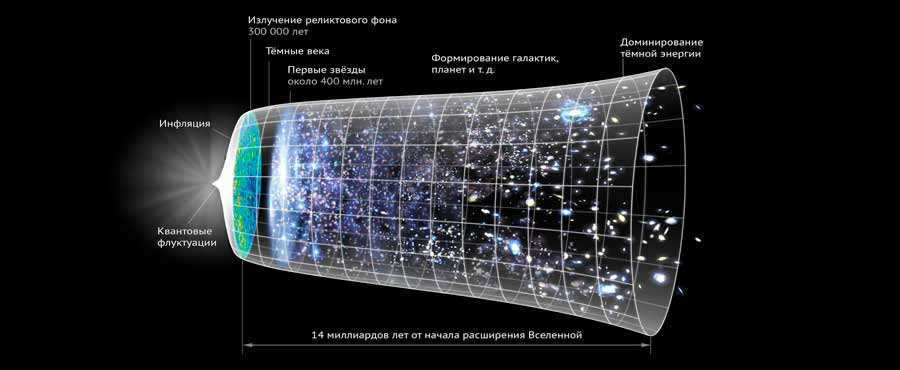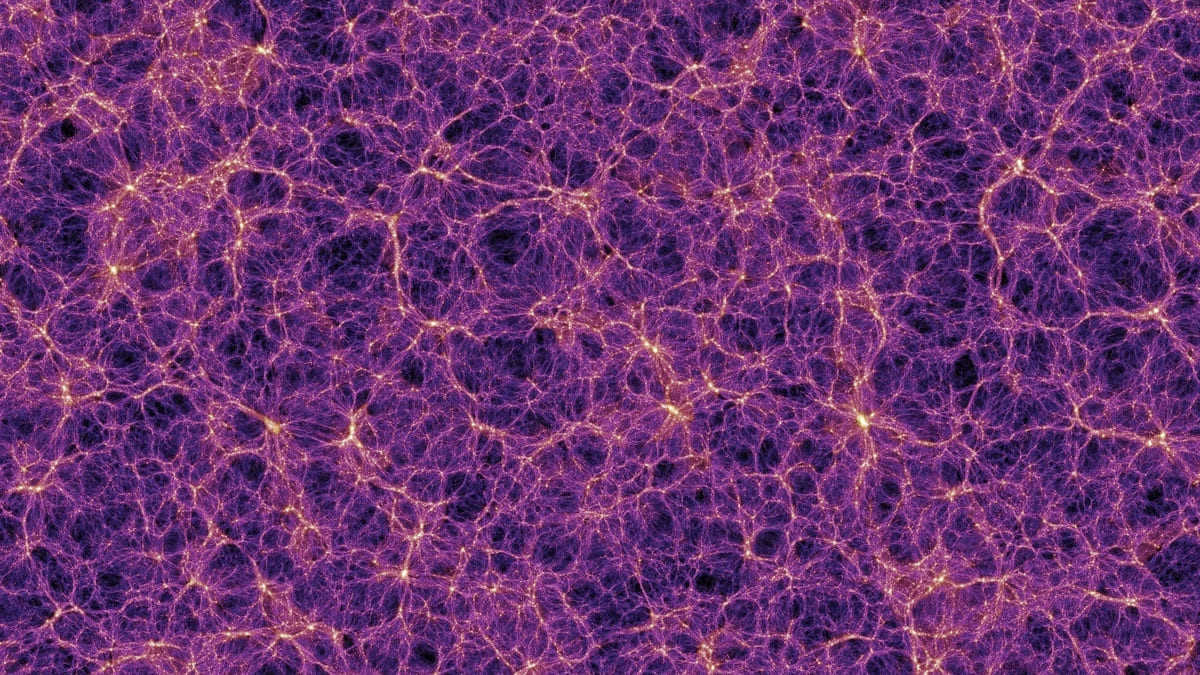

The birth of our universe is believed to have occurred through the event known as the Big Bang. In this event, all the matter and energy of the universe were compressed into a minuscule space before expanding and giving rise to the vast cosmos that surrounds us today. A crucial piece of evidence that supports this theory is the presence of residual radiation that lingers in the vacuum of space – this is known as the cosmic microwave background.
The background of cosmic microwaves
When we look up at the night sky, we perceive the true nature of the universe – a pitch-black expanse. As we gaze at the stars and planets, we can’t help but notice the immense gaps that separate them, seemingly devoid of anything, creating a vast and empty void.
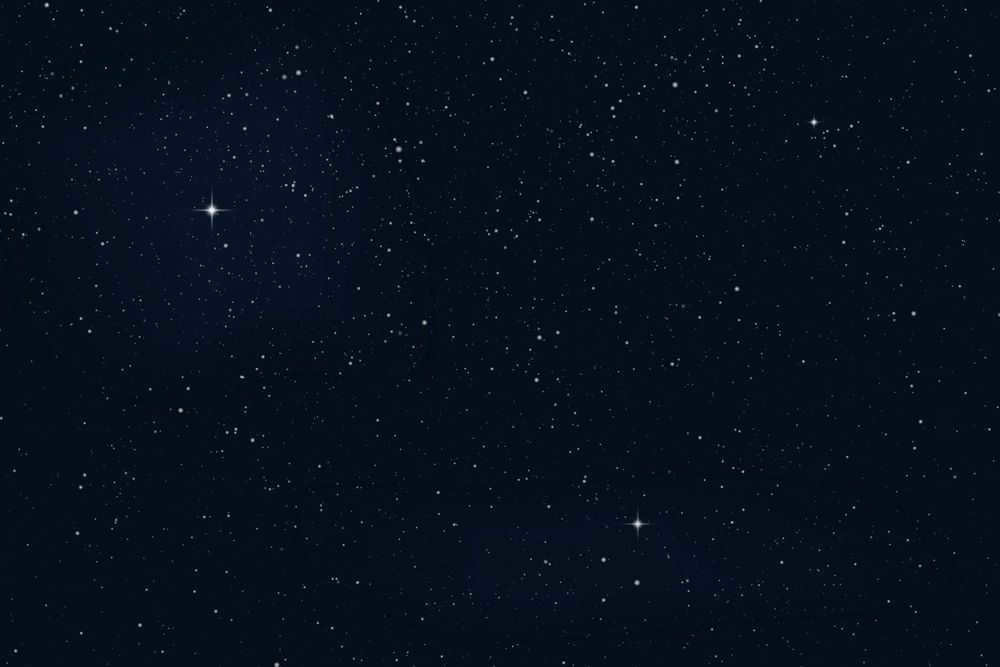
One might assume that if they were to explore this void, they would discover nothing. However, the reality is quite the opposite. When scientists examine this space between objects for radiation, they find a faint microwave static signal that is invisible to the naked eye. This static is present no matter where you look, and even when all other sources of interference are eliminated, it still displays a microwave pattern unlike anything observed before.
Since this pattern is found everywhere we look, it must originate from something that encompasses the entire universe. Yet, there is no known energy source large enough to emit this static microwave pattern in all directions of the universe.
This static microwave pattern is called the Cosmic Microwave Background (CMB) or Relict Radiation, and is widely believed to be the residual heat left over from the Big Bang.
The Theory of the Creation of the Universe and Relict Radiation
The Theory of the Creation of the Universe is a proposal regarding the beginning and development of our cosmos. As per this theory, the commencement of the universe can be traced back to a limited period in the past, during which it existed in a state of extraordinarily dense and hot space. This event is referred to as the birth of the universe since the fundamental laws governing our known universe began to take shape alongside the expansion of space.
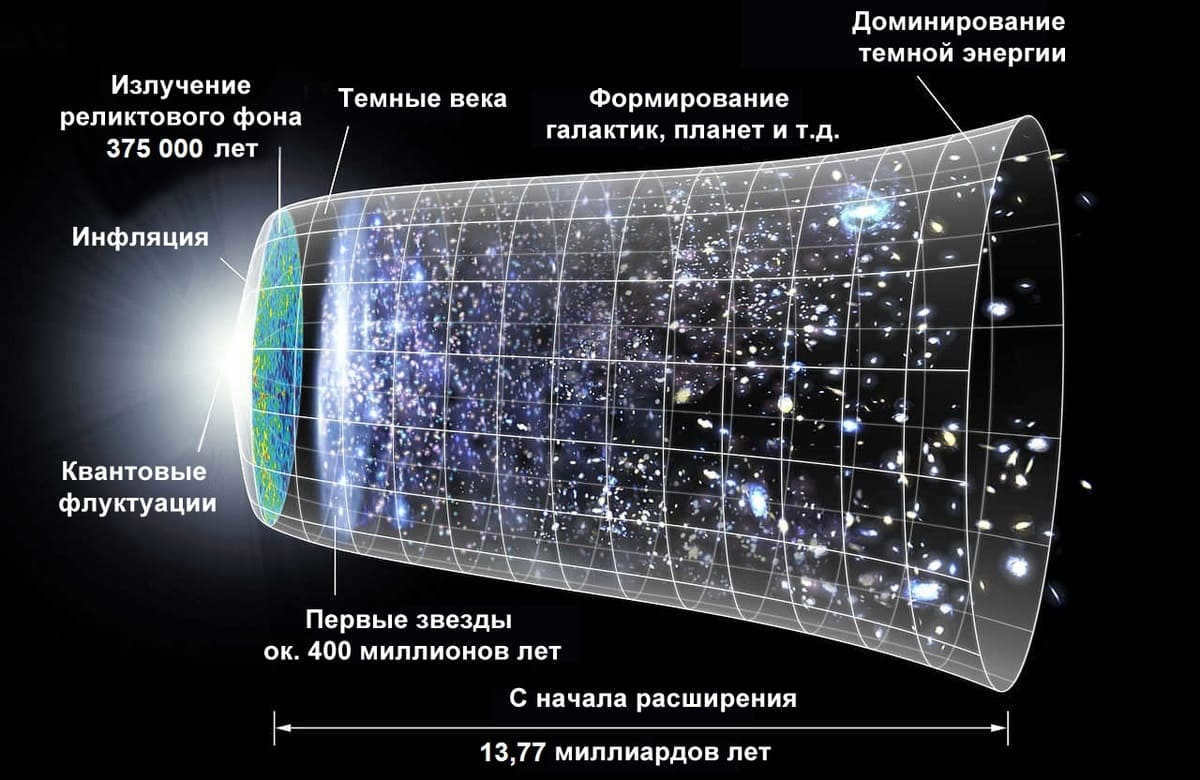
Following the singularity, our universe underwent various phases. Initially, the density was incredibly high and the temperature was too extreme for the formation of matter’s building blocks. During these early stages, the universe’s size was approximately one hundred millionth of its current size, with a temperature that was 273 million degrees above absolute zero (absolute zero being the coldest temperature theoretically possible – zero Kelvin). At that time, the matter was astonishingly dense, comparable to the density of air on Earth’s surface.
The universe reached a temperature low enough for atoms to form, but the photons that were wandering around did not interact with the hydrogen atoms and instead started traveling in a straight line. As a result, the universe became more transparent, and this is when the final photons collided with matter. This happened approximately 380,000 years after the Big Bang, and we know this because when we examine the relic background today, we can determine the time when the universe transitioned from being opaque to becoming radiation.
This period is also referred to as the “last scattering”, similar to how we can see through thin clouds but not dense clouds. Therefore, cosmologists are able to observe the distant origins of the universe, but only after the last scattering event and the apparent opaqueness of the universe.
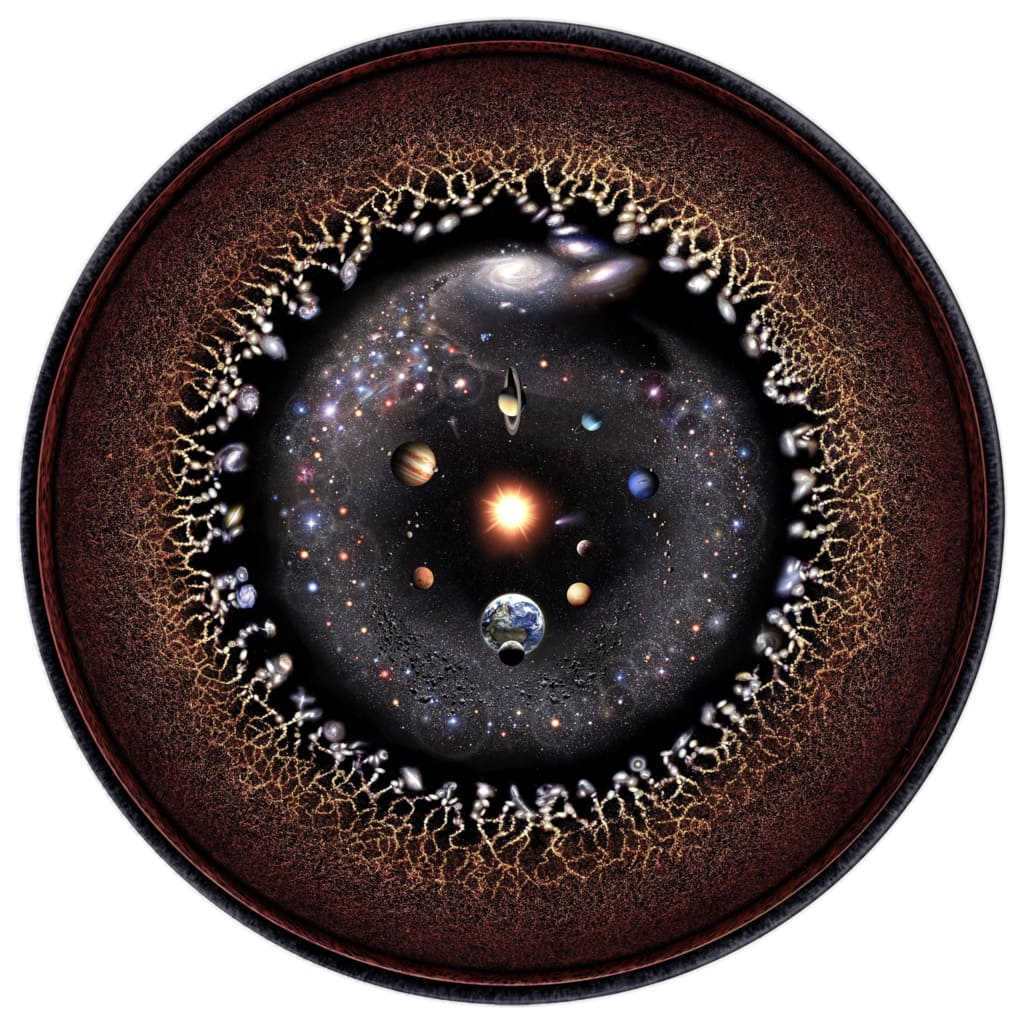
The accidental discovery of relic radiation
Relict radiation was initially predicted by American cosmologist Ralph Alpher in 1948. Alpher, along with his colleagues Robert Herman and Georgi Gamow, made this prediction as they were studying Big Bang nucleosynthesis. However, their prediction did not receive much support at the time, as the field of cosmology was not particularly captivating to the astronomical community.
In the 1960s, a theory emerged suggesting that it might be possible to detect Relict radiation. However, it wasn’t until 1965 that this theory was finally confirmed. Arno Penzias and Robert Wilson were in the process of building a radio receiver for Bell Telephone Laboratories in Murray Hill, New Jersey. Their goal was to conduct experiments in satellite communications. However, they encountered an unexpected problem – the presence of excessive noise caused by radiation. No matter how hard they tried to eliminate the interference, it persisted. It wasn’t long before they realized that what they had stumbled upon was actually cosmic background radiation, a phenomenon that had previously only existed in theory. Excited by their discovery, Penzias and Wilson promptly published a paper detailing their findings.
For their accidental discovery of relic radiation, Arno Penzias and Robert Wilson were awarded the Nobel Prize in Physics in 1978.
The relic radiation not only serves as the primary evidence supporting the Big Bang theory, but it also serves as a valuable tool for scientists in their quest to comprehend earlier stages of the universe. Moreover, it is noteworthy due to its apparent ubiquity, as it is consistently observed across all regions with uniform temperature, albeit displaying slight fluctuations when observed through precise telescopes. These fluctuations can be meticulously analyzed to ascertain the parameters of the theory and gain insights into the genesis of galaxies and subsequent large-scale structures.
Furthermore, this relic radiation enabled NASA to capture the first-ever image of the Universe in its nascent state. In 1989, NASA initiated its Cosmic Background Explorer (COBE) mission, which facilitated the creation of the initial comprehensive cosmic map of the universe.
The Wilkinson Microwave Anisotropy Probe (WMAP), launched in 2003, enhanced and expanded on this map. Not only did it produce a more intricate depiction, but it also calculated the Universe’s age to be 13.7 years, a figure that was later revised to 13.8 billion years. This probe has significantly deepened our comprehension of the composition of our Universe, revealing that it consists of 4% atoms, 23% an unidentified form of dark matter, and 73% enigmatic dark energy.
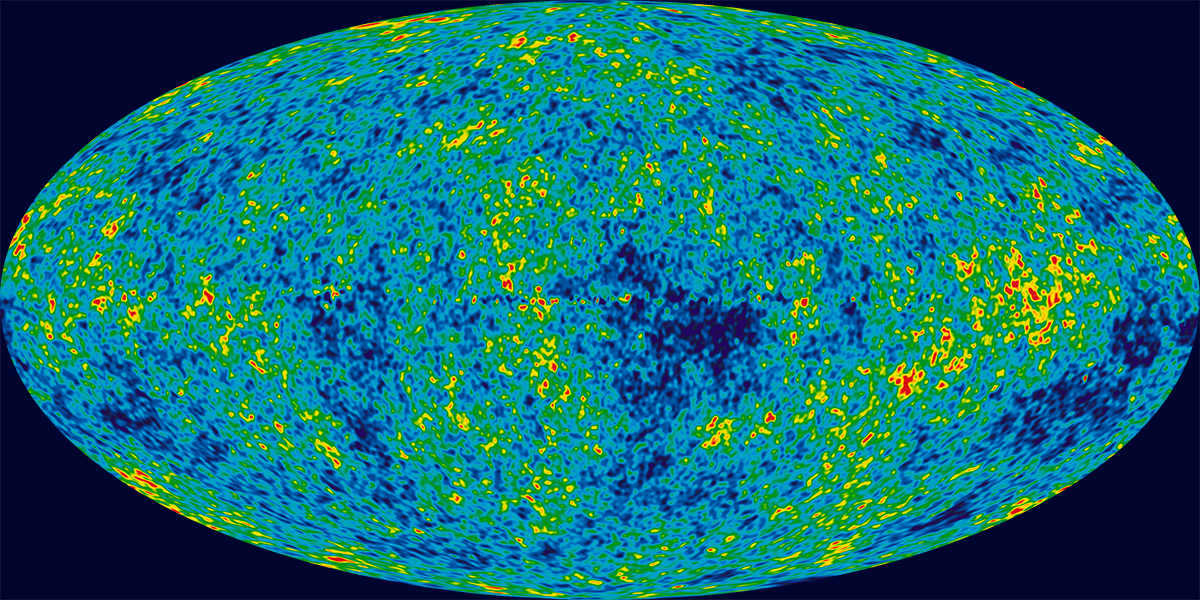
As we continue to analyze and research relic radiation, it is certain that it will continue to provide valuable insights into various aspects of the universe!
In this article, we will examine the origins of the discovery of microwave relic radiation, its examination through satellite technology, and the creation of a precise contemporary map of this radiation.
Unique Content
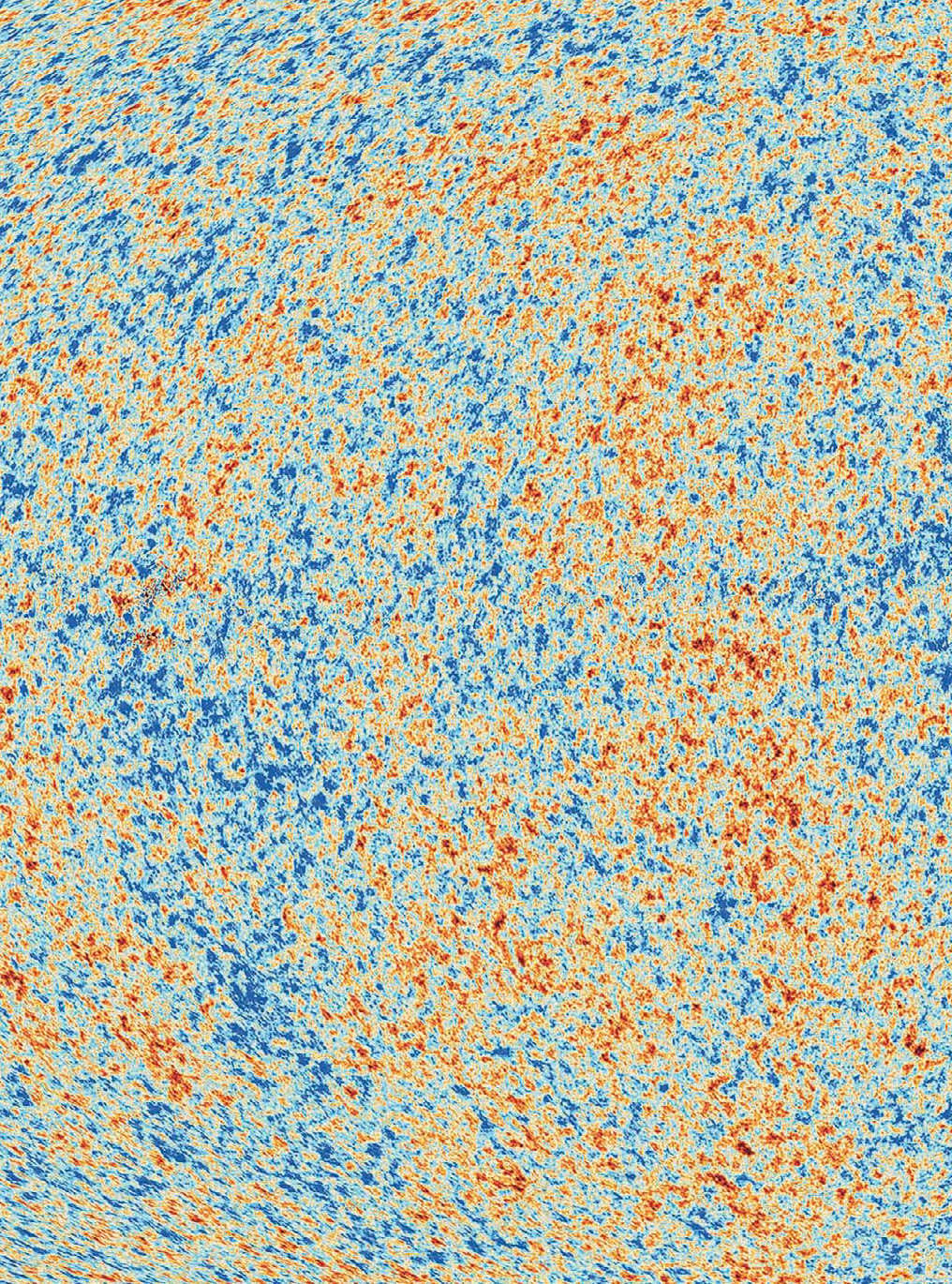

A close-up view of the microwave map from the early universe.
A Brief Overview of Microwave Relic Radiation
- First Predicted: Ralph Alpher and Robert Herman in 1948
- Discovered: Arno Penzias and Robert Wilson in 1964
- 1989: Launch of the Satellite for the Observation and Verification of the Early Universe (SOVE) to study the relic background
- 2001: Launch of the Wilkinson Microwave Anisotropy Probe (WMAP)
- 2009: Launch of the Planck satellite (Planck)
- Discovered by: Microwave radio telescope
- Background radiation temperature: 2725 K (-270°C)
- Variations in relic radiation: 1/14,000
- Background radiation corresponds to the Universe at age: 380,000 years
- The speed of the Milky Way in relation to the background is 627 km/sec
By clicking on the image, it will open in a new window and can be magnified
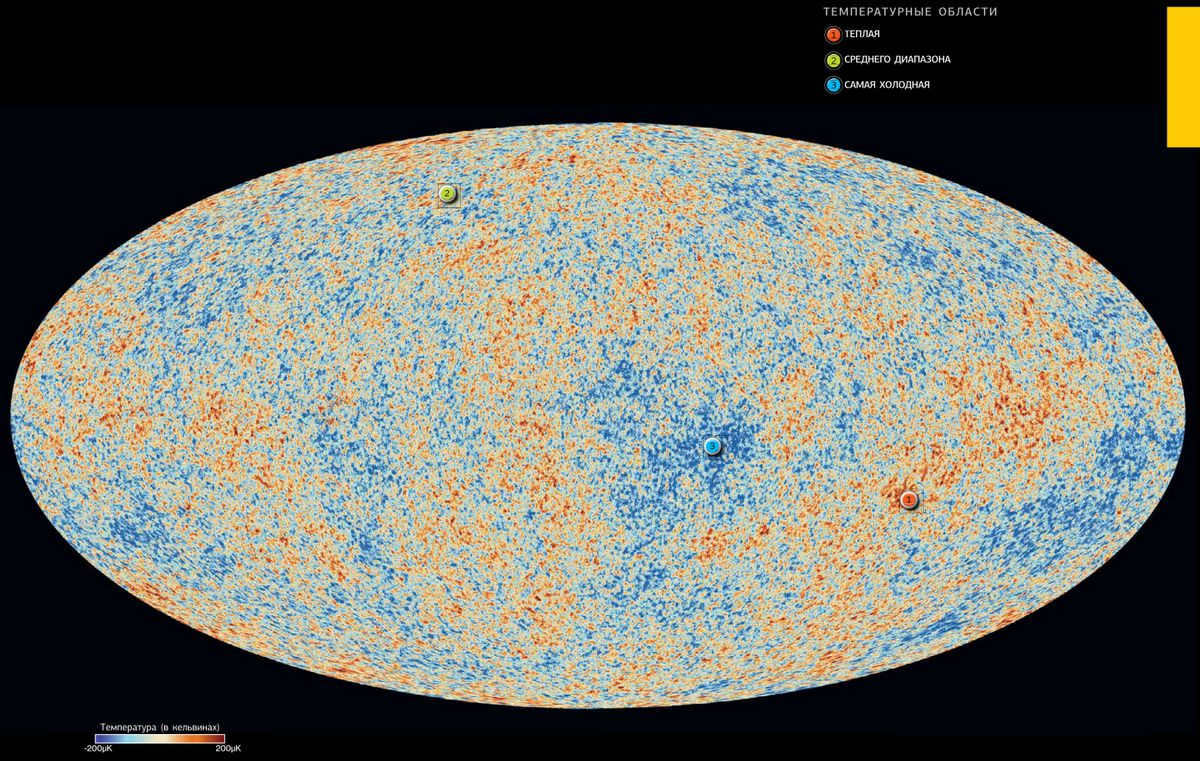
Microwave relic radiation
A representation of the early universe is provided by a map of microwave radiation, which reveals minor variations in temperature and density. This depiction of the celestial sphere, using the Molweide projection in the galactic coordinate system, is derived from data obtained by the European Space Agency’s Planck Observatory. It displays fluctuations in the temperature of the cosmic background microwave radiation, with warmer areas depicted in red and cooler areas in blue.
Accidental discoveries often lead to the most significant scientific breakthroughs. The identification of cosmic ultra-high frequency background radiation falls into this category. It was not until the early 1960s that the transmission of TV signals across the ocean became feasible. The technology at the time was rudimentary compared to today’s standards – individuals had to aim a microwave receiver towards the sky to receive a TV signal. This raised the question of whether there were any other sources emitting microwave signals that could disrupt the receiver’s readings. In 1964, Arno Penzias and Robert Wilson, two scientists at Bell Laboratories in New Jersey, embarked on a mission to answer this question by surveying the microwave range of the sky. Using an outdated instrument, they unexpectedly detected background microwave radiation that had the potential to interfere with TV signals.
When Penzias and Wilson started scanning the sky, they encountered a problem. Regardless of where they pointed the detector, it detected a weak microwave signal that came through as a hissing sound in their headphones. In situations like this, scientists typically assume that there is an issue with the electronics, so Penzias and Wilson began the laborious task of identifying the malfunction. They even removed some pigeons that had built a nest in the receiver and, as the scientists delicately put it, covered the interior surfaces with a “white dielectric substance.” However, none of these efforts helped, and the hissing sound persisted. Eventually, someone suggested reaching out to Princeton University, where cosmologists were researching a Big Bang theory of some sort. The theorists theorized that there had to be a background microwave radiation present throughout the universe, echoing the origins of the universe.
Let’s take a moment to ponder over this prediction. If we observe the glowing embers in a fire, we can notice that their color changes over time. When the combustion is at its peak, the coals emit a white glow, but as the flame diminishes, they start turning red. Even in the morning, we can still feel their warmth, even though they are no longer glowing. The principles of physics inform us that embers emit radiation, and as the temperature decreases, the wavelength of this radiation increases. In this scenario, we transition from visible light (with a wavelength thousands of atomic diameters long) to infrared radiation, which we can sense but not see, and whose wavelength is longer than that of red light. The Princeton scientists argued that the universe, akin to the coals in our example, was initially extremely hot, and as it cooled down, the emitted radiation became increasingly long-wavelength. They speculated that over billions of years, this radiation would transform into microwave radiation, with a wavelength of a meter. This is precisely the radiation that Penzias and Wilson captured: the faint noise was nothing but the cry of the newborn cosmos! Penzias and Wilson were honored with the 1978 Nobel Prize in Physics for their groundbreaking research.
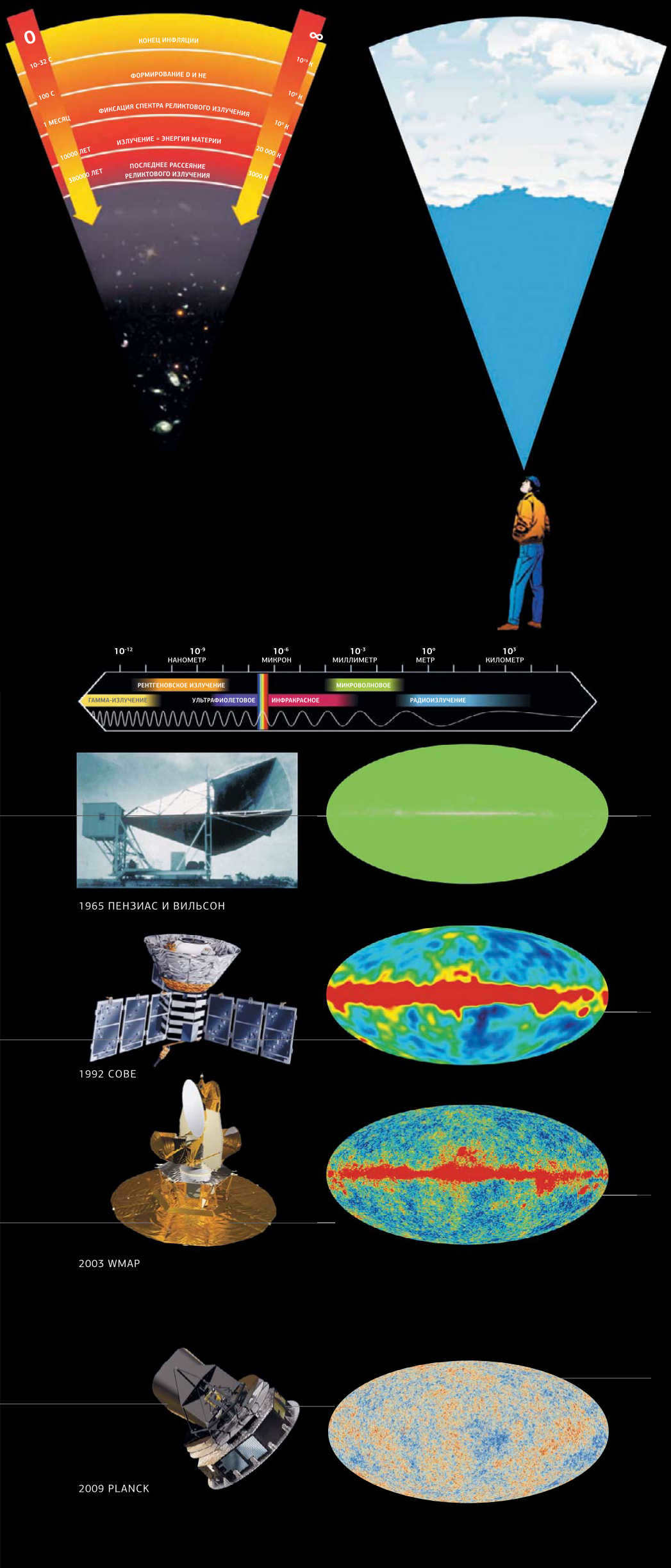
Observing the ancient background radiation is comparable to observing clouds. Our devices perceive the radiation as it existed when it was dispersing on unbound electrons before the formation of atoms. The electromagnetic spectrum encompasses radio waves (up to thousands of kilometers in length) to gamma waves (smaller than the size of an atom). Microwaves, which are radio waves with a high frequency, can reach up to 1 meter in length.
Improved instruments have allowed for the enhancement of the map depicting the residual background radiation. In the top left corner, the notable Penzias and Wilson microwave receiver located on the ground that initially detected the radiation is depicted. Below, we can see the satellites launched since 1992 that have provided more intricate maps of the radiation. The maps on the right-hand side have been constructed using data collected from these advanced instruments.
The top right image depicts the surface of the most recent scattering event. The microwaves we observe originated from a distant part of the universe – the surface where the last scattering occurred – and have been propagating through space without any obstacles.
Cloud scattering (depicted in the top left image). Examining the microwaves emitted from the surface where the last scattering took place is akin to observing light that has passed through clouds: we perceive light that has just been refracted by the water molecules within the cloud.
Exploring relic radiation using satellites
The first satellite to delve into this area of study was the Soviet instrument RELIKT-1, which gathered unprecedented data during its 7-month mission in orbit starting from July 1983. Following this, the United States’ space observatory known as COBE (Cosmic Background Explorer) took the reins and operated for approximately 4 years starting from November 1989. Analysis of the data collected by COBE revealed that microwaves were a defining characteristic of an entity with a temperature of 2725 K (-270 °C). It was also deduced that the microwave radiation was highly likely to be isotropic, meaning it was uniform in all directions. The significance of the findings obtained by COBE was so immense that two members of the project, John Mather and George Smoot, were awarded the Nobel Prize in Physics in 2006.
However, amidst the general consistency of the microwave background radiation, slight deviations were also detected. The radiation displayed a near-identical pattern in every direction, albeit with subtle anisotropy.
It was discovered that these minor variations were incredibly fascinating: they contained valuable information about the state of the Universe during its earliest stages. As we will explore in this article, the Universe was initially a plasma, similar to the Sun. Electrons and protons freely roamed, and when an electron collided with a proton to create an atom, the ensuing collision would release it. This constant struggle persisted due to the competing forces of gravity, which pulled particles together, and radiation, which separated them. After a few hundred thousand years, the temperature of the universe dropped to a level where atoms could survive collisions. At this point, the Universe became transparent, as explained below. The radiation emitted by matter then spread outward, now known to us as the cosmic microwave background radiation. Therefore, when we observe slight temperature discrepancies, we are actually witnessing the formation of matter when the Universe was a few hundred years old, a “ripple at the dawn of time” as one astronomer eloquently described it. These minuscule seeds eventually grew into the expansive structures we observe in the present day.
The Wilkinson Microwave Anisotropy Probe (WMAP), named after the late David Wilkinson, one of the project’s scientific leaders, was launched in 2001 to study microwave radiation. Unlike most satellites, WMAP was not placed in Earth’s orbit. Instead, it embarked on a three-month journey to a unique location known as the Lagrange point, situated between the Earth and the Sun. At Lagrange points, the gravitational forces of the Earth and the Sun are in perfect balance, allowing small objects to maintain a stationary orbit. These points are popular for satellite “parking” because the Earth’s radiation has no impact on the spacecraft’s equipment.
WMAP has carried out more detailed investigations of microwave radiation across the sky. By comparing the data obtained from WMAP with theoretical predictions, cosmologists have gained complete confidence in the accuracy of the theories related to the Big Bang. Many cosmologists are convinced that the ability of these theories to explain the anisotropy of the background relic radiation is the strongest confirmation of the plausibility of the Universe’s picture and its evolution. Additionally, the WMAP data has allowed for an estimation of the Universe’s age at 13.7 billion years with a precision of 100,000 years. The satellite ceased data collection in August 2010 and by 2012, it had transmitted all of its accumulated data.
In May 2009, the European Space Agency (ESA) successfully launched Planck, a state-of-the-art microwave probe. This cutting-edge space observatory was aptly named after Max Planck, the renowned German scientist who played a pivotal role in the development of quantum mechanics during the early 20th century. From the time of its launch until its decommissioning in 2013, Planck revolutionized our understanding of microwave background radiation and its anisotropy by creating the most accurate map ever recorded.
While the essential principles behind relic radiation have remained largely unchanged since Planck’s mission, our comprehension of this fascinating phenomenon has significantly deepened. One groundbreaking achievement of the probe was the precise measurement of the Universe’s age, which was determined to be 13.798 +/- 0.37 billion years. This newfound accuracy represents a major advancement in our knowledge, surpassing previous estimates.
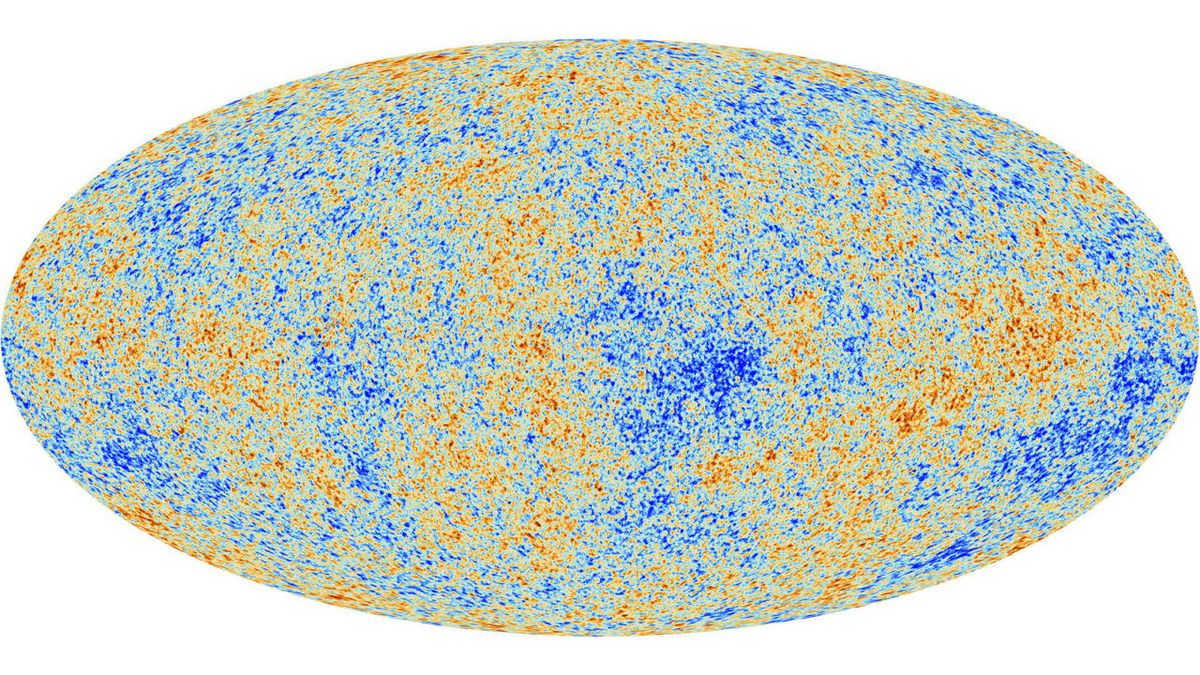
The cosmic microwave background radiation is the oldest and most distant form of light that is observable in the entire Universe. This radiation first appeared shortly after the occurrence of the Big Bang, which is widely regarded as the starting point of the universe.
However, it is important to note that this radiation does not solely consist of the type of light that can be seen by the naked eye. The range of light that is visible to us is known as visible light, but there are other ranges of light as well. These include microwaves and x-rays, which are used for various purposes such as examining the state of our bones, and radio waves, which enable us to enjoy music while driving in our cars.
The relic radiation initially existed as highly energetic X-rays, but over time, it gradually lost energy and transformed into lower energy microwaves.
The phenomenon known as relict radiation refers to the light that traverses the vast expanse of space since the inception of the universe. During this primordial era, the universe existed in a state of extreme heat and density, teeming with minute particles known as electrons and protons. These particles possess an inherent electric charge, which, when intersected by light, causes a deflection in the opposite direction, thereby impeding its ability to traverse great distances.
Other articles you might be interested in:
As time went on, the universe underwent expansion and cooling. Eventually, when the universe reached a low enough temperature, electrons and protons began to join together, creating hydrogen atoms. These atoms, being electrically neutral, did not affect the path of light like electrons and protons did. Light could now pass through atoms and traverse the universe without obstruction.
Since the universe was cooling uniformly, this process occurred simultaneously everywhere. Suddenly, light gained the ability to travel vast distances at incredible speeds throughout the entire universe. That light is still in transit today and is what we now observe as relic radiation here on Earth.
Relic radiation has perpetually existed in the cosmos, but was unable to traverse great distances until the genesis of the first atoms. In actuality, it is documented to have emerged roughly 380,000 years following the colossal explosion known as the Big Bang. The span of time between the genesis of the universe and the liberation of relic radiation appears considerable, yet given the Universe’s age of nearly 14 billion years, this event transpired during a nascent stage of its existence.
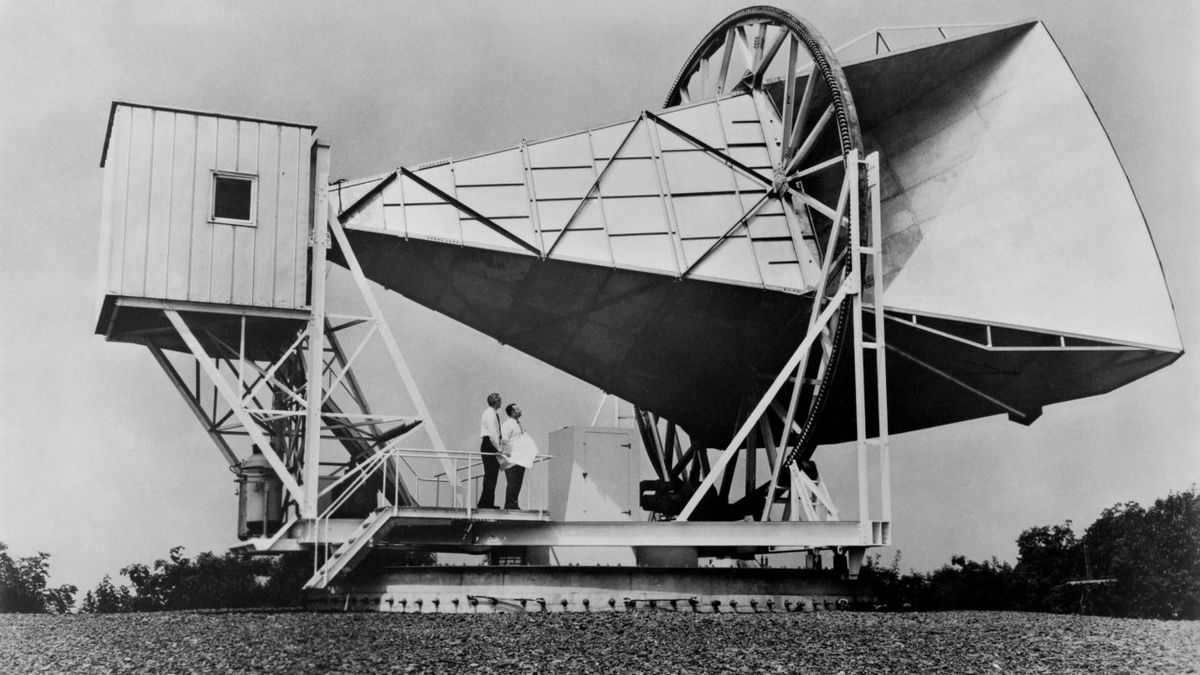

Relic radiation provides us with valuable insights into the state of the Universe in the distant past. According to the theory of the Big Bang, the early Universe was characterized by high temperatures and an abundance of radiation. As the Universe expanded and cooled, this radiation was gradually released, resulting in the relic radiation that we observe today. Remarkably, the observed temperature of relic radiation aligns with the predictions of the Big Bang theory, serving as compelling evidence for its validity.
Unintentional finding
Referred to as relict radiation, the discovery of this phenomenon was completely accidental. Two American scientists, Robert Wilson and Arno Penzias, were utilizing a microwave telescope when they consistently detected an additional signal regardless of the antenna’s direction. They even considered the possibility that their telescope was malfunctioning and causing this extra signal.
In due course, they realized that they were the first individuals to observe the relic radiation that was predicted to exist by the Big Bang theory. Their groundbreaking discovery earned them the prestigious Nobel Prize.
Since then, numerous telescopes have been launched into space to capture increasingly high-quality images of this extraordinary radiation. By examining the oldest light in the Universe, we can gain insight into the origins of everything we perceive today.
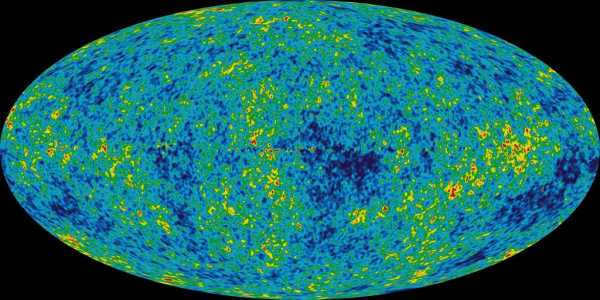
Relic radiation, also known as relict radiation, refers to the background microwave radiation that is uniform in all directions and exhibits a spectrum that is typical of a perfect black body at a temperature of approximately 2.7 K.
What is the origin of relic radiation?
It is believed that the answer to the question of the origin of the Universe can be learned from the radiation known as relic radiation. Relic radiation is the leftover residue from the “construction of the Universe” that occurred after the expansion of dense hot plasma. To better understand what relic radiation is, let’s compare it to the remnants of human activity. Just like how a person invents something, others use it and discard the waste, relic radiation is comparable to the garbage that is left behind. By examining this garbage, one can gather information about a person’s whereabouts, their consumption, their attire, and even their conversations. Similarly, relic radiation can provide insights into the moment of the big bang and shed light on the origins of the Universe. However, the laws of conservation of energy introduce some controversy regarding the origin of the universe, as nothing can come from nothing and nothing can disappear into nothingness. The dynamics of our universe involve transitions, changes in properties, and states. This can even be observed on our own planet, such as the appearance of ball lightning in a cloud of water particles. The origin of these laws remains unexplained, with only moments of discovery and the history of relic radiation to guide us.
Relict radiation map
Historical events in the exploration of relict radiation
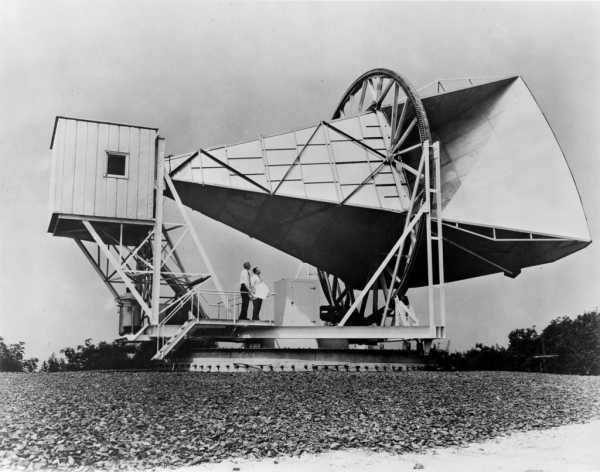

This antenna played a crucial role in Penzias and Wilson’s detection of relic radiation.
What are the characteristics of relic radiation?
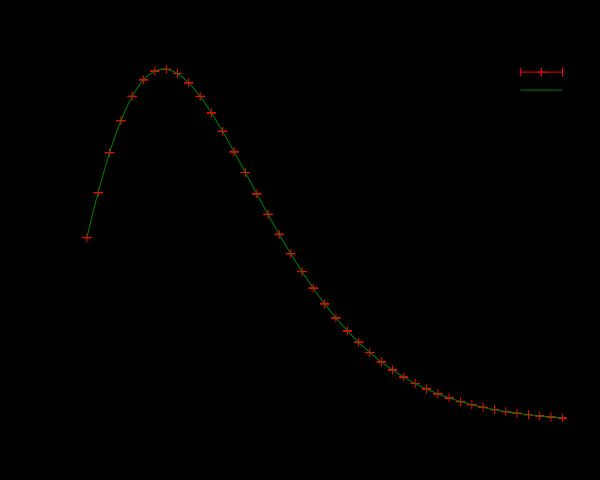

The spectrum of relic radiation has been measured using the FIRAS instrument aboard the COBE satellite.
The relic radiation spectrum is approximately 2.75 Kelvin, which is comparable to the temperature of cooled soot. Any material, regardless of its application, will always absorb incident radiation (light). It can be subjected to magnetic fields, exposed to nuclear explosions, or illuminated by spotlights, but it will still absorb light. Additionally, such a material will also emit a small amount of radiation. This phenomenon demonstrates the absence of absolutes. It is always possible to establish an ideal law that holds true for an indefinite period of time and maximizes a certain property of something. However, there will always be a small degree of inertia that remains.
Engaging facts about relic radiation research
Resources on the subject
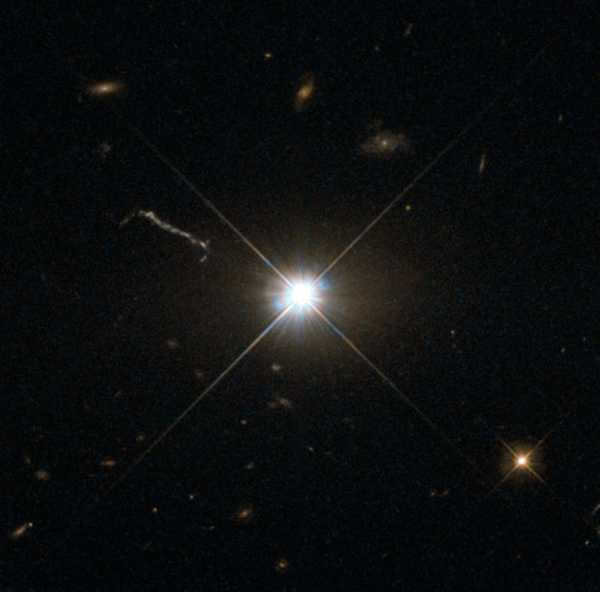
What exactly are quasars?
The highest frequency of ancient radiation was detected at 160.4 GHz, equivalent to a wavelength of 1.9 mm. The density of this radiation is estimated to be around 400-500 photons per cm3. Ancient radiation, also known as relic radiation, is the oldest form of radiation that can be observed in the entire universe. It took each particle approximately 400,000 years to reach Earth. Not kilometers, but years! Based on satellite observations and mathematical calculations, relic radiation appears to be stationary, while all galaxies and constellations are moving at an incredible speed of about a hundred kilometers per second relative to it. It’s like looking out the window of a moving train. The temperature of relic radiation in the direction of the Leo constellation is 0.1% higher, while in the opposite direction it is 0.1% lower. This explains the Sun’s movement towards the Leo constellation in relation to the relic background.
What insights can we gain from studying relic radiation?
The early universe was extremely frigid. Why was the universe so cold, and what occurred during the initiation of the universe’s expansion? It can be postulated that as a result of the big bang, a massive amount of energy clusters were released outside of the universe. Consequently, the universe cooled down to the point of near freezing. However, as time elapsed, the energy began to coalesce once again and instigated a reaction that kickstarted the universe’s expansion. So, where did the dark matter originate from and does it interact with relic radiation? It is plausible that relic radiation is the consequence of the decay of dark matter, which is a more logical explanation than residual radiation from the big bang. Given that dark energy can encompass both antimatter and dark matter particles, their collisions with matter particles generate radiation akin to relics in both the material and antimaterial realms. Currently, this unexplored domain of science presents an opportunity to make significant advancements and leave a lasting impact on the history of science and society.
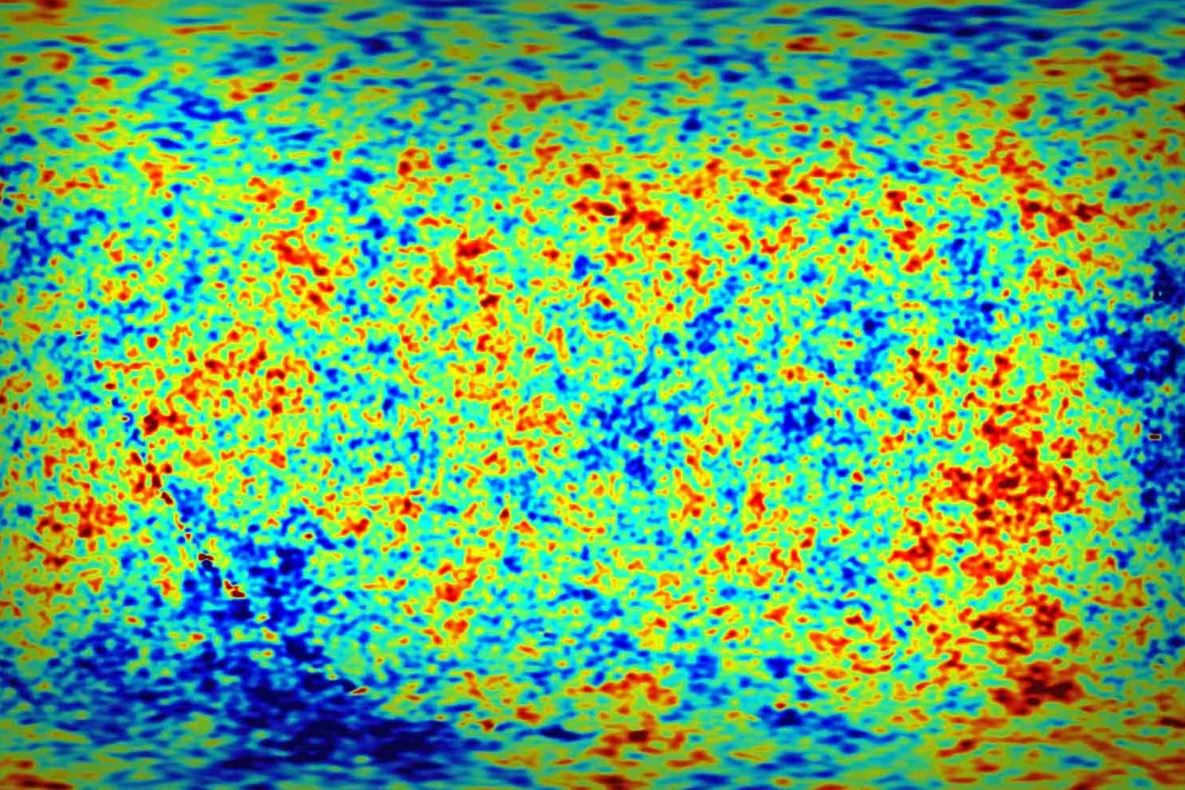

Relic radiation is now considered to be one of the primary pieces of evidence supporting the Big Bang theory and is widely utilized in the study of the early universe and fundamental physics questions. In the following sections, we will delve into the discovery of this fascinating phenomenon.
What exactly is relic radiation and how was it initially detected?
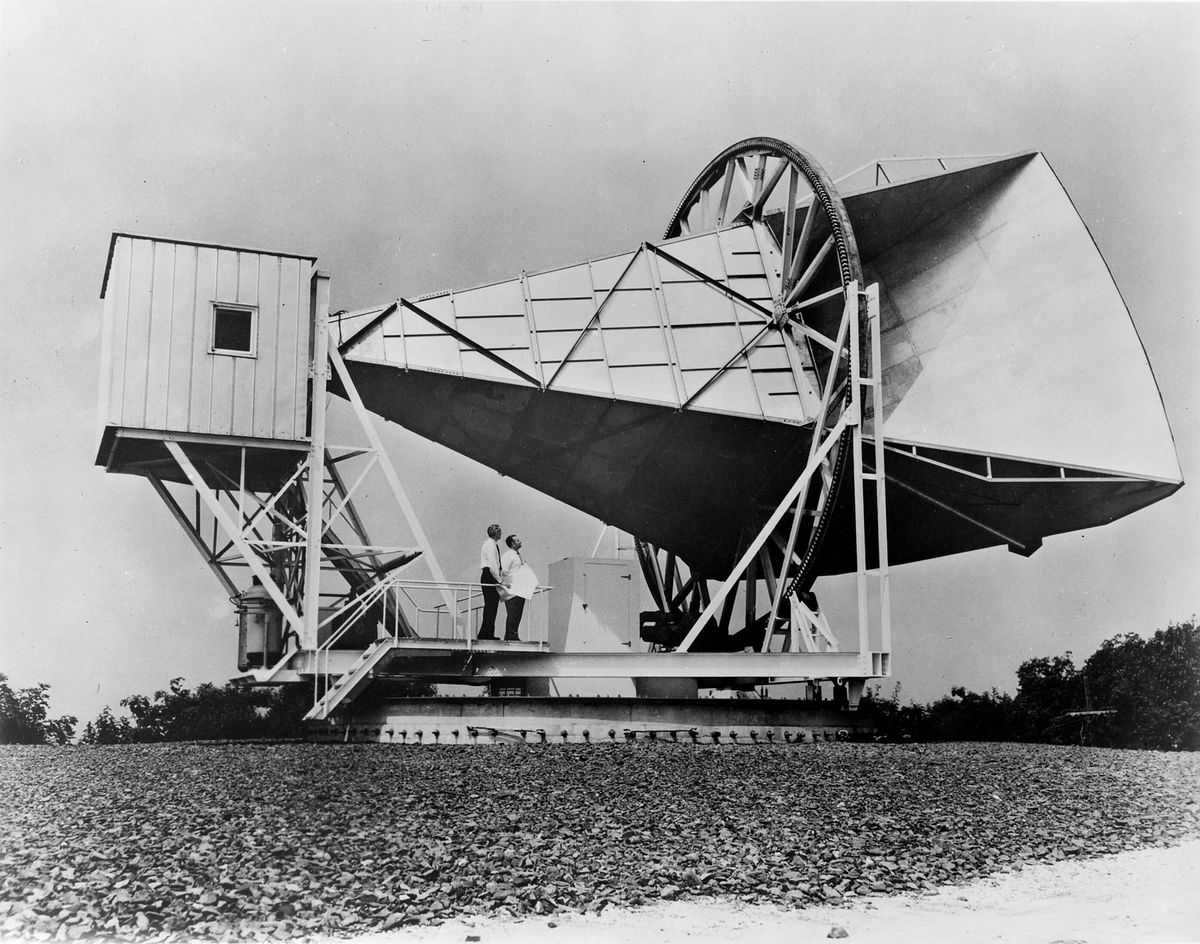
Relict radiation, also known as cosmic microwave background radiation, permeates the entire universe. The concept of this radiation was first proposed in 1948 by Russian physicist Georgy Gamov and his colleagues Ralph Alfven and Robert Gernstadt.
According to their theory, after the Big Bang, there should have been residual radiation that could be detected as faint noise in cosmic rays.
This phenomenon was eventually discovered in 1964 by American astronomers Arno Penzias and Robert Wilson.
While working on a short-wave radio antenna telescope at the National Astronomy Laboratory in Greenbank, New Jersey, they observed random fluctuations in radio waves that could not be attributed to any known sources.
Following a thorough examination, scientists arrived at the rational deduction that these fluctuations are remnants of radiation that emerged billions of years ago.
This event transpired a mere few hundred thousandths of a second subsequent to the occurrence of the Big Bang. At that particular juncture, the Universe was still characterized by its intense warmth and density. During this epoch, electrons, protons, and photons were closely intertwined, forming a state of plasma.
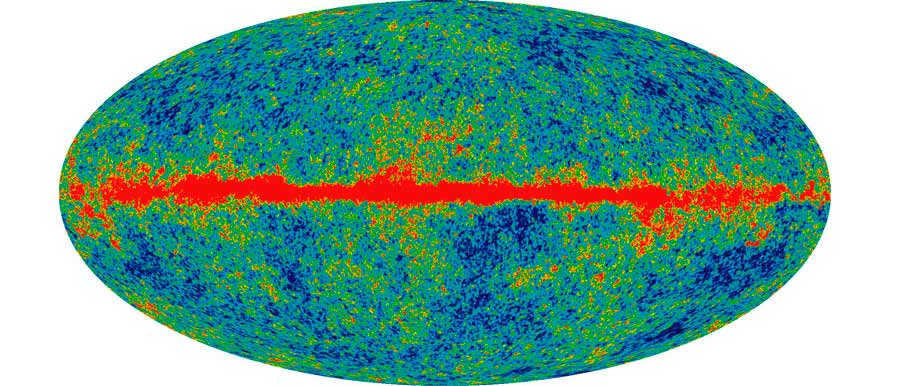

At that time, the Universe was in the process of expanding and cooling. The combination of electrons and protons resulted in the formation of the very first hydrogen and helium atoms. Photons, which were previously hindered, became free to move and started moving freely. These photons still exist in the present-day universe and are known as relic radiation.
Relict radiation primarily consists of microwaves with a wavelength of approximately 1 mm. This radiation is isotropic, meaning it is uniform in all directions, and its spectrum exhibits colorless thermal radiation.
Main characteristics
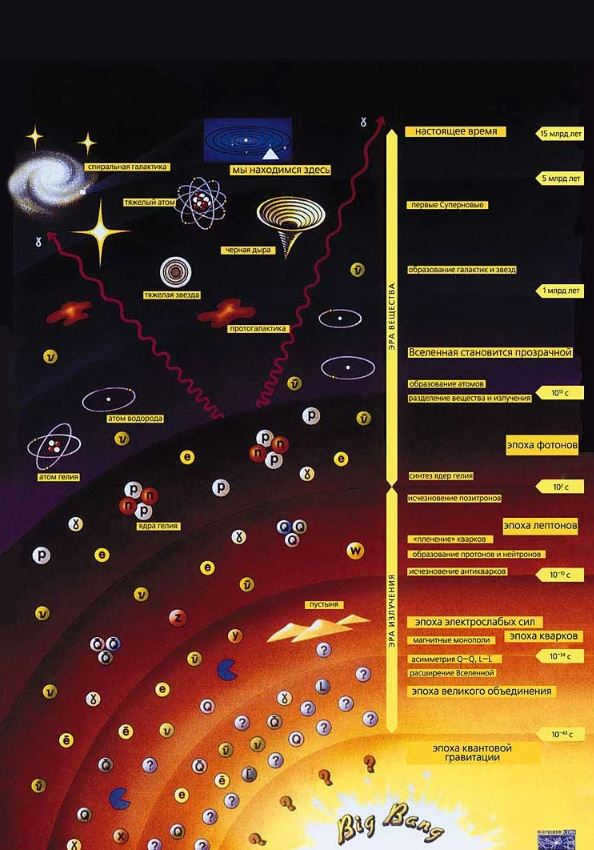
The characteristics of relic radiation are as follows:
- Uniformity. It is evenly spread throughout the entire universe. This implies that any observer, regardless of their location, will perceive the same relic radiation pattern.
- Isotropy. Relict radiation is emitted uniformly in all directions, indicating its origin from the Big Bang.
- Weakened polarization. The polarization of relic radiation is relatively weak. This means that the electric waves of radiation vibrate in a specific plane. Polarization can provide significant insights into the early Universe, including the structure and evolution of galaxies and cosmic formations.
Exploration of variations in relic radiation
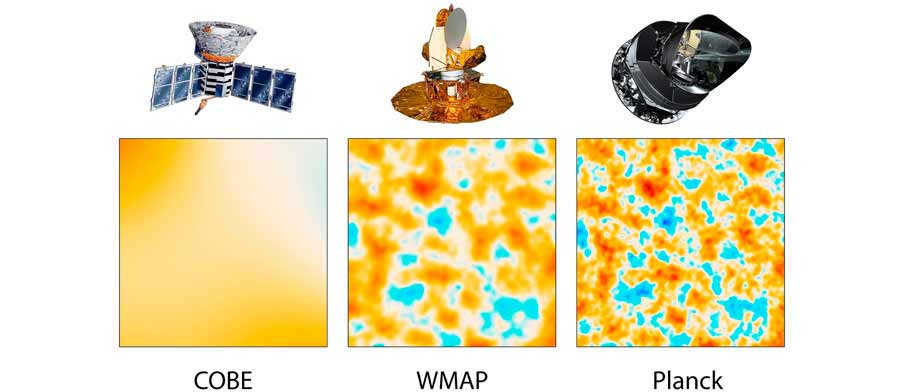
Similar to any phenomenon examined in the field of science, it is not completely uniform, and various irregularities can be observed in the background.
One of the most notable discoveries is a large-scale abnormality, or (large-scale anomaly. It represents a non-uniformity in the temperature distribution of cosmic microwave radiation on extensive scales that cannot be accounted for by the conventional model of cosmology.
Another instance is an anomalous deviation from the Gaussian distribution of the magnitudes of temperature fluctuations.
There are several techniques employed to investigate disparities in the relic radiation: Fourier analysis and wave packet analysis. Additionally, observations across various frequency ranges are utilized to identify distinct origins of inhomogeneities.
The examination of disparities in the relic radiation holds significant significance in the fields of cosmology and particle physics, as it enables the validation and improvement of models pertaining to the Universe and its development.
Scientific Discoveries
Exploring relic radiation provides researchers with a wealth of knowledge concerning the genesis and composition of the Universe. For instance, it yields valuable data on the dispersion of matter during its nascent stages, as well as insights into the formation of galaxies and their clusters.
